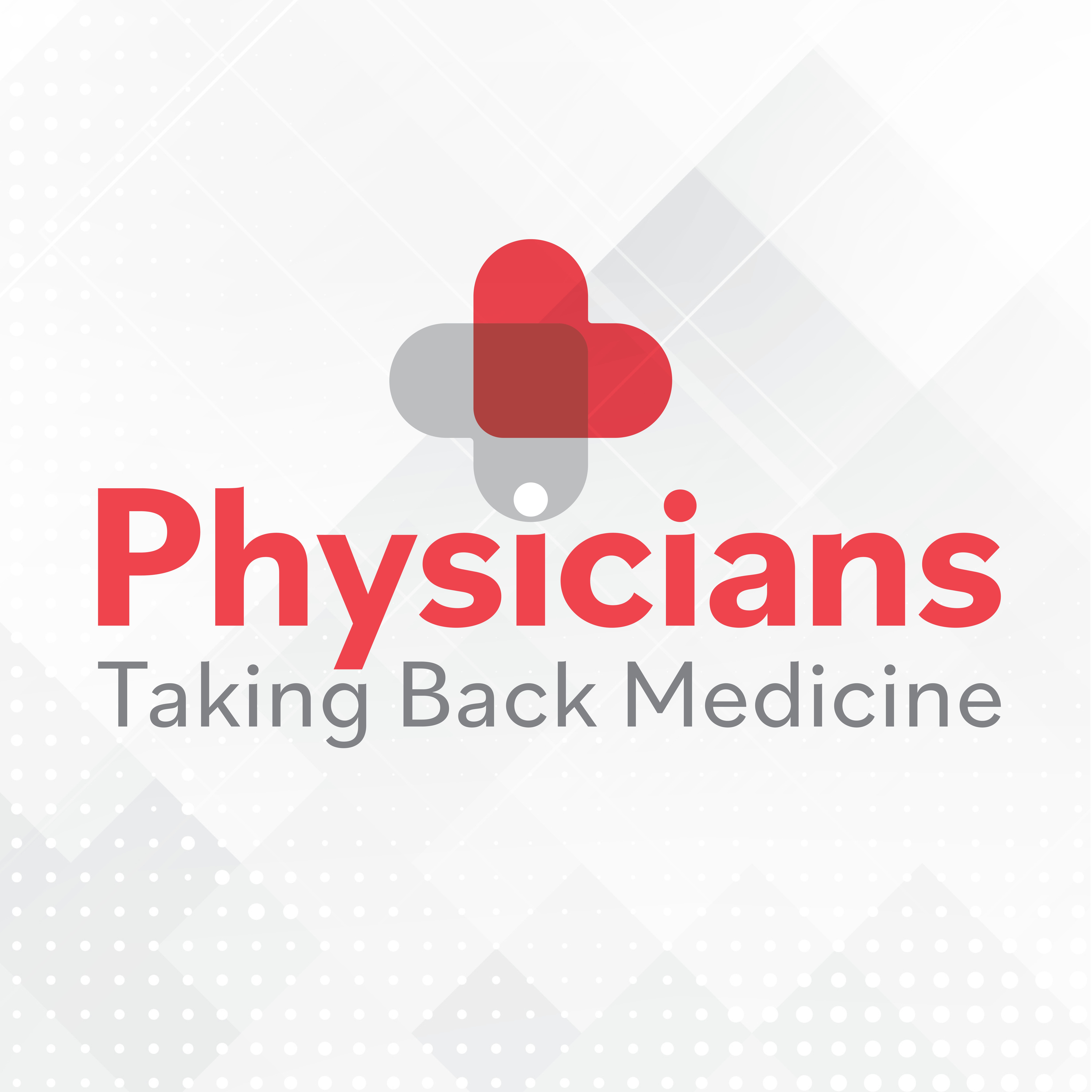Blog
Article
Immersive learning is disrupting health care education for the better
Author(s):
Virtual reality and avatars are not just for video games anymore. Here’s how immersive learning is making an impact in training next-gen medical and health professionals.
© sofiko14 - stock.adobe.com

From defense to aviation to health care, simulation-based learning plays an important role across high-risk industries to safely train future professionals. In health care, simulation-based learning mimics real world practice, allowing students to learn from mistakes in a setting resembling their future work environment complete with virtual patients. No patients are harmed, no cadavers are needed, and students are more likely to retain what they have learned from first-hand experience than they would from a textbook.
Across medical and health care education, simulation has traditionally taken the form of manikins or standardized patients, which are actors simulating patient scenarios. However, modern immersive learning approaches including virtual patient simulation and the emergence of extended reality (XR) – spatial computing, which encompasses both virtual reality (VR) and augmented reality (AR) – is transforming medical education and offering improved scenarios for learning. While innovative, digital training alone will not solve challenges like the growing U.S. physician shortage, they can help better prepare tomorrow’s professionals for real-world practice.
Kelly Villella-Canton
© Wolters Kluwer Health

Ongoing advancements in software and hardware, including touchscreen and VR, represent a real opportunity to improve workforce retention and train future physicians and other clinicians more efficiently, from primary care doctors to surgeons. Equipped with realistic patient scenarios and rapid, analytics-based insights, these tools are proving effective for scaling and modernizing health care education – especially where resources might otherwise be limited.
The realism of new immersive learning approaches cannot be matched
If we envision the challenges a new family physician may encounter in real-world clinical settings, it may seem impossible to mimic those same pressures in a classroom environment. Once they enter practice, physicians are likely to be tasked daily with time pressures including multiple patients waiting to be seen, each presenting a different ailment. Some patients may arrive with a difficult family member in tow, to whom physicians will need to communicate thoughtfully. Other patients may speak English as a second language and struggle to describe their symptoms. Several of these patients may require tests and other interventions.
Each scenario described above represents day-to-day challenges students are likely to encounter once they enter clinical practice. But what if instead of encountering these situations for the first time during a standardized patient experience or in the clinic, these same experiences could be recreated ahead of time with life-like avatars on a touchscreen or by putting on a VR headset? With the latest VR technologies, students can physically interact with their surroundings by grabbing objects, moving between rooms and interacting 1:1 with virtual patients. While simulated learning with roleplay and manikins will still be important, the truly immersive nature of VR enriches and extends clinical experiences in meaningful ways.
Instead of replacing it, VR can build upon in-person clinical learning. Some VR scenarios, for example, may challenge students to juggle multiple patients at once – aligned with the unpredictable nature of health care. Students may also gain the opportunity to “treat” more diverse patients (including children who cannot be paid to simulate patients) or patients with more complex conditions than they could encounter with current pre-clinical simulations or in clinical rotations. In an age of faculty shortages and limited practice sites, virtual patient simulation and VR allow students to practice their clinical decision-making skills in the safest, most realistic setting possible. Students using these immersive simulations make and learn from their mistakes without the fear of harming patients – one of the most valuable elements of this technology.
Quick feedback means learning happens immediately
In addition to replicating real-world clinical experiences in a safer practice environment, virtual simulation and XR also offer a valuable tool for educators and students to exchange real-time feedback, which is shown to better impact future performance. When feedback is delivered shortly or immediately after a student’s performance, this inspires lasting behavioral changes.
Simulation-based learning is at its most effective when students can receive detailed, instantaneous feedback, which is not possible with some simulation exercises. It may take days or weeks for educators to review each student’s performance and provide a detailed analysis. By that point, the student has likely forgotten what they said during the mock patient interaction or what clinical decisions they made. Educational research shows that learning retention and improvement of practice becomes more difficult with that delay.
In contrast, virtual patient interactions build upon the benefits of simulation learning by offering students actionable feedback instantaneously. At the end of a scenario or virtual patient interaction, the student might be scored on their performance but can also receive specific competency-based feedback indicating what they did wrong and what they could do differently next time. However, for these lessons to have impact, the content and feedback of the simulations must be evidence-based and built from trusted sources of content.
Continued, long-term impacts of immersive learning
It is important to highlight that the potential benefits of XR and digital simulation extend far beyond the doors of medical school or halls of a residency program. It also holds potential as a useful tool for continuing medical education or skills-based training, even for those already in the workforce and with many years of practice.
Continued education and training are required for physicians and other clinicians – and with innovative technologies and research always on the horizon, every healthcare professional can benefit from refreshing their knowledge. Because VR headsets and digital simulation may connect people located anywhere, it also offers the benefit of allowing medical staff to practice complex scenarios without disrupting the clinical environment. No need to shut down the OR when you can perform the training virtually while mirroring real-world practice, and experts in one country can help train clinicians elsewhere.
The reach of immersive learning expands beyond borders
To ensure all patients have access to the best possible care, medical students and professionals worldwide must all have access to reliable, evidence-based training scenarios and tools to improve patient safety and outcomes. Hurdles associated with travel costs and infrastructure limitations make it difficult for everyone everywhere to access the same level of training.
Enter XR. By thoughtfully leveraging XR across medical education, we can bypass location challenges and connect the global medical community virtually. By scaling the reach of learning, this may be particularly impactful in fields or regions where the number of specialists or mentors is limited. However, just as access to the latest medical knowledge is needed everywhere, it is important to ensure that clinicians everywhere will have access to the same XR tools without facing systemic barriers, such as a lack of high-speed internet access or gaps in digital literacy.
Over the next few years, it will be interesting to watch as immersive learning continues to evolve, deepening impact across health care. Not only can it help ensure the next generation of medical professionals are fully prepared for practice within an increasingly challenging environment, it may also ensure resources go further amid chronic understaffing and underfunding. The future of virtual simulation and XR is an exciting trend, and one that will impact day-to-day clinical practice in both seen and unforeseen ways.
Kelly Villella-Canton is segment leader and director of product management, medical education and practice at Wolters Kluwer Health. She leads product innovation strategy for medical education and practice, where she focuses on building the case for and executing new strategy and growth initiatives to solve problems for institutions, faculty/department leaders, students, residents and clinicians.
Newsletter
Stay informed and empowered with Medical Economics enewsletter, delivering expert insights, financial strategies, practice management tips and technology trends — tailored for today’s physicians.





